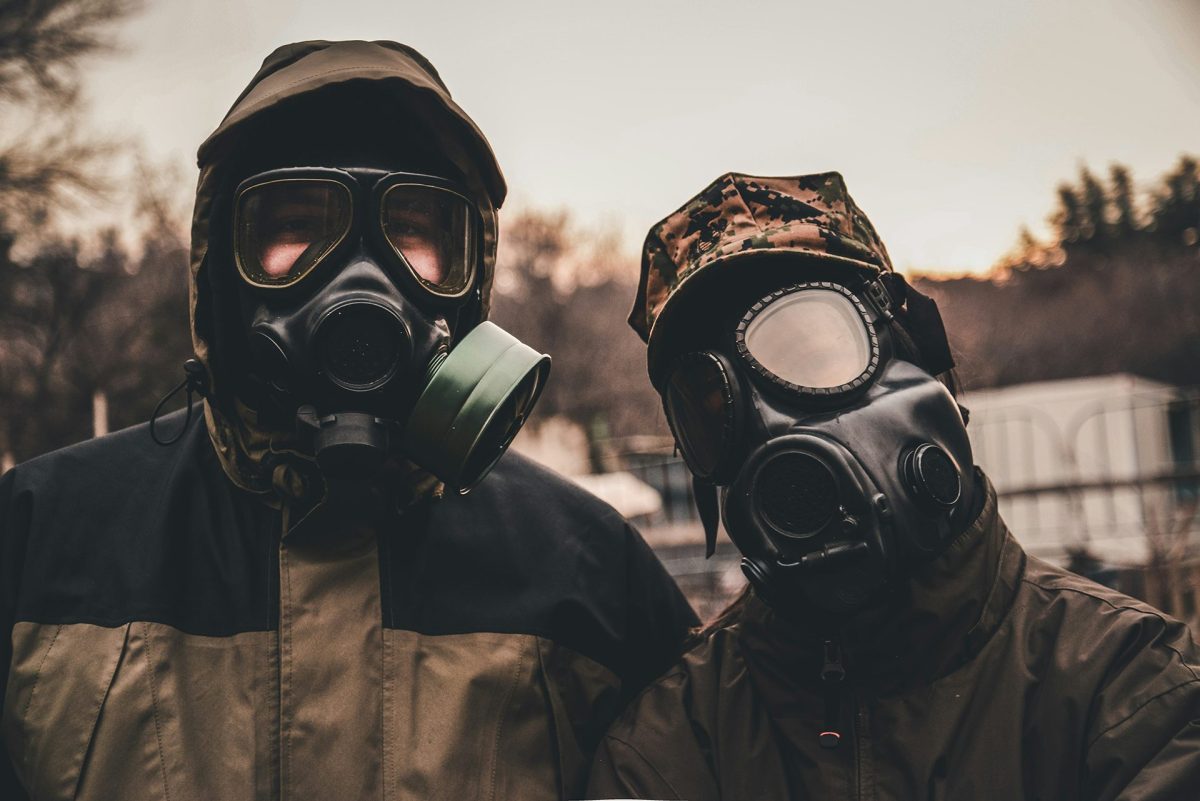Feeling like your latest game session went awry thanks to toxic D&D player? Whether it’s a “holier than thou” Paladin disrupting gameplay or a chaotic “klepto” rogue inciting PvP, those players can make you feel like you rolled a critical fail on your Animal Handling check. If you play your cards right, you can tame the toxic D&D players, and turn your ragtag party into real heroes..
Watch the Video | Buy TTRPG Books and Accessories | More Game Content
Tip 1: Understand What Makes Toxic D&D Players Toxic
Our first tip is all about recognizing the problem. There are certain behaviors that make for toxic D&D players, but sometimes it’s not easy to pinpoint what’s causing the disturbance. Is it disruptive behavior? Power gaming? Roleplaying conflicts? Identifying the issue is the crucial first step in resolving it. When you know exactly what the problem is, you can approach it specifically and, hopefully, effectively.
Tip 2: Private Conversations
Next up, have a private conversation. When you identify a problem player at your table, one of the worst things you can do for them, for yourself, and for other players is to publicly shame or confront that person. Would you want somebody to do that to you? Take them aside outside of the game for a one-on-one talk. That person might have no idea the kind of turmoil they’re causing, and embarrassing them is only going to hurt them and possibly destroy a friendship. With an honest one-on-one, you can avoid embarrassing anyone and keep the atmosphere of the game positive.
Tip 3: Clear Expectations
It’s also essential to set clear expectations. Establish ground rules and expectations for your campaignduring Session Zero. That way, everybody is on the same page from day one, and they know what behavior is acceptable and what’s not. Frankly, if a problem player knows from the get-go that their typical disruptive behavior won’t be tolerated at your table, they’re likely to walk away before the game even starts.
Tip 4: Listening (Yes, to Toxic D&D Players!)
As a DM, you absolutely have to practice active listening. Hear your players’ concerns and feedback. Sometimes the people you see as toxic D&D players might actually have legitimate grievances. If you truly listen and address their genuine concerns, it creates a better experience for everybody. And that’s the key: the concerns have to be genuine. You, the DM, have to be mature enough to listen and discern good feedback from bad. If it’s good, act on it!
Tip 5: Fostering Teamwork
Our fifth tip for handling problem players is to foster teamwork. Encourage your players to work together and collaborate. Sometimes problem players act out because they feel excluded or overshadowed by other players. By creating in-game situations that promote teamwork—situations that really call for the abilities of every team member—you can mitigate those issues. Remember, D&D is a team game, and the spotlight is supposed to be shared.
Tip 6: Consistency
Be fair and be consistent. As a DM, you’ve got to treat all your players equally. Don’t play favorites. Make sure the rules apply to everybody. That way, you can avoid arguments before they even start. If someone does show themselves to be a problem, the other players are more likely to recognize that and accept your leadership.
Tip 7: Encourage Roleplaying
Also, encourage roleplaying. Usually, if a player is power gaming or behaving disruptively, it’s because they have a misplaced desire to be the best or to win. Aside from setting expectations in Session Zero, if you emphasize the storytelling and roleplaying aspects of the game, you can help shift their focus a little bit from competition to the story and to collaboration.
Tip 8: In-Game Consequences Show Toxic D&D Players It’s Serious
Our eighth tip: use in-game consequences. If a problem player is really insistent on disrupting the game, no matter what you try, you may need to have their character face the consequences. Reckless behavior could lead to a curse. A Big Bad could single them out. This approach can help align that player’s behavior with the campaign. However, we’d only use it as a last resort. Honestly, they’re probably going to recognize immediately what you’re doing and call you out on it, which could cause that player to leave your game or make you look like the bad guy.
The Importance of Feedback
Last but not least, ask your players for feedback. You want to encourage open communication with all your players. Just check in with them periodically and ask them for input—everybody, even the one who might be a problem. That way, you can hopefully dig up and iron out issues early and keep the game going.
There you have it: nine DM tips to handle toxic D&D players!
Watch the Video | Buy TTRPG Books and Accessories | More Game Content
If you purchase any products linked on our website, we may receive an affiliate commission.

